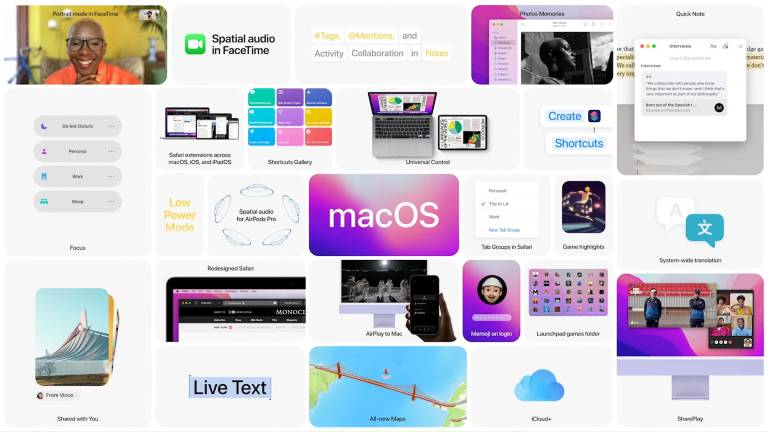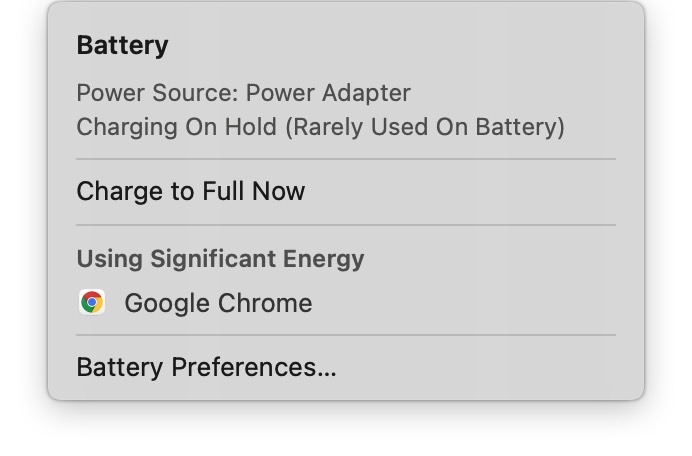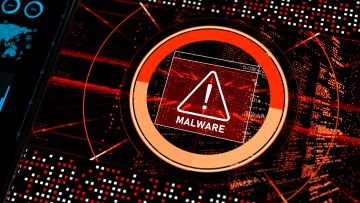Apple hosted its WWDC 2021 main keynote on Monday, revealing the next software innovations that will be available on iPhone, iPad, Mac, Watch, and TV later this year, and dedicated ample time to three topics that extend beyond a single OS update — Privacy, Health, and Home. As with any similar keynote, Apple could not talk about all the new changes planned for this year’s major operating system updates, but it still teased some of the smaller upgrades by listing them in its OS recaps at the end of each presentation segment.
We’ve already learned that macOS Monterey will “steal” a great feature from the iPhone that will make resetting the Mac to factory settings possible with a single click. That’s not the only iOS feature coming to macOS this fall, with MacBooks about to get another excellent iPhone feature. That’s the “Low Power Mode” that’s been available on iPhone for a few years now. It’s unclear how the feature works on MacBooks, but macOS Big Sur users should have already seen the first signs that Apple is looking to smarten the way MacBook charge — check your battery status right now, and you might discover that the MacBook isn’t charging to full, despite being plugged in.
When recapping the new Monterey features during the WWDC keynote on Monday, Apple concluded the macOS presentation with this slide that encompasses the various new features built into the next-gen operating system release. Among them, there’s a Low Power Mode that iOS users are already familiar with.

The feature can come in handy on iPhone when the battery is running low, and you’re unable to charge it. Tap it, and the battery indicator turns yellow — that’s why Low Power Mode appears in yellow in the slide above. And once that happens, the iPhone attempts to reduce battery usage to extend the battery life. Various things will stop working as before until you return to normal power mode or recharge the battery to at least 80%. Features like visual effects, 5G connectivity, background app refresh and email fetch, and automatic downloads might be paused. The screen will auto-lock within 30 seconds to reduce power consumption, and the brightness might be reduced.
If you’ve ever found yourself in a situation where you wished you could command your MacBook to do the same thing, then you’ve probably wished for Low Power Mode coming the Apple’s laptops. Devices like the Air and the M1-powered MacBooks might offer excellent battery life, but Low Power Mode could further extend it.
Apple has not addressed Low Power Mode during the WWDC event, but it’ll likely talk about it the first chance it gets to address battery life improvements on MacBooks — again, with special emphasis on the Apple M-series chips.

But Apple has been quietly improving the way battery charging works in macOS Big Sur. If you’ve been on the macOS Big Sur beta, you might have noticed a strange thing with battery charging a few months ago. The system would stop the battery from reaching a full charge, usually somewhere above 80%. When I first noticed it a few months ago, I thought there might be something wrong with the battery. The MacBook was plugged in and running on Power Adapter power, but the battery was not charging, as seen in the screenshot above.
The finding above was an accidental discovery. Like many people, my laptop stays plugged in for most of the time nowadays. I’ve rarely unplugged it for the better part of a year, as I’ve been mostly at home. So on one of the rare occasions where I had disconnected the charger, and the battery dropped below 80%, I noticed that charging would stop once that 80% threshold had been reached. This continued to happen regularly, to the point where I’d intentionally discharge the battery below 100% to trigger it. In some cases, the Mac considered it had to continue charging all the way to full battery.
It was informing me not to panic. Battery charging isn’t malfunctioning, but macOS has learned that the Mac is usually plugged in, so recharging the battery to full capacity isn’t required. The feature’s purpose is to extend the health of the battery. A similar approach is available on iPhone, where it’s called Optimized Charging. When charging overnight, the phone will stop charging at 80% and resume in time for your alarm.
On the MacBook, you can press that “Charge to Full Now” button if you know you’re about to head out into meetings for the day. Adding Low Power Mode to optimized charging would further improve the battery life experience on MacBooks in the future.
While you have to enable optimized charging mode on iPhone, it’s automatically enabled on MacBook, and there’s no way to manually turned it on for the time being.
The latest stable and beta Big Sur releases should already support optimized charging, while Low Power Mode might already be available in the first Monterey developer beta.








